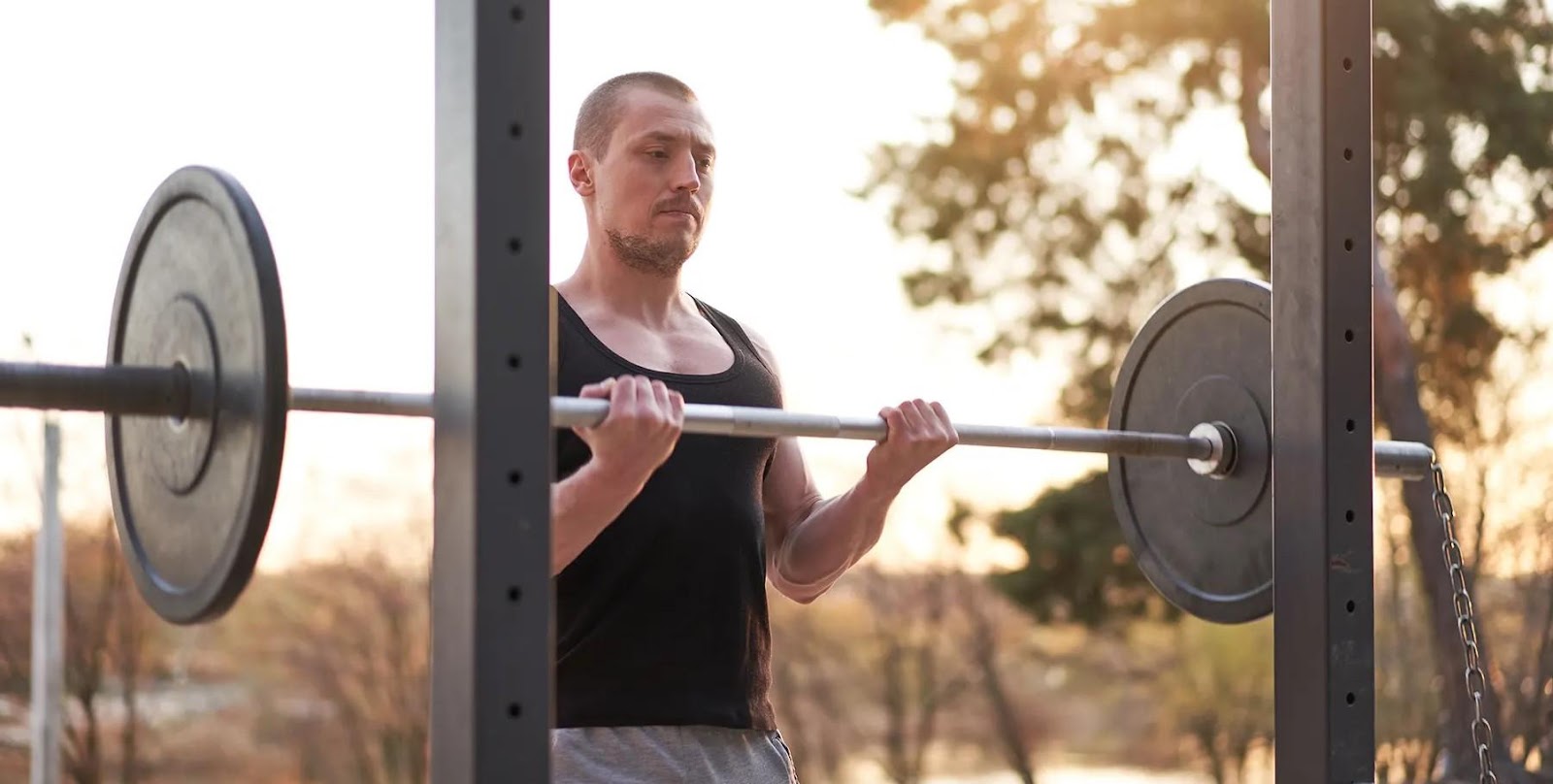The Ultimate Guide to Building an Outdoor Gym: 8 Requirements for a Year-Round Garden Workout Space

“Outdoor workouts aren’t just a summer trend – they’re a game-changer for fitness accessibility and mental well-being.”
As gym memberships rise and home workout culture evolves, the backyard gym is quickly becoming the ultimate fitness upgrade. The appeal is obvious: fresh air, zero commutes, and a space tailored exactly to your training needs. But designing an outdoor gym that’s both functional and built to last requires smart planning. Here’s how to get it right.
1. A Shelter That Works for Every Season
Without proper cover, your outdoor gym will be at the mercy of the elements. A simple canopy or pergola offers shade and rain protection, but for a more robust solution, consider a polycarbonate roof or a retractable awning. If you want a permanent setup, a modular gym pod or enclosed structure provides full-weather insulation while maintaining the outdoor feel. The key is striking a balance between open-air freedom and year-round usability.
2. Temporary vs. Permanent: Choosing the Right Setup
Are you setting up a flexible space or a long-term fitness hub? For a temporary gym, go for freestanding rigs, adjustable flooring, and foldable or mobile equipment. If you’re committed to a more permanent structure, invest in bolted-down racks, durable flooring, and weatherproof enclosures. For a hybrid approach, modular setups allow you to expand or reconfigure your gym over time.
3. Weather-Resistant Equipment: What to Look For
Outdoor gym gear faces a brutal test—UV rays, rain, frost, and humidity. To make sure your equipment lasts, prioritise materials like:
- Powder-coated steel – Rust and corrosion-resistant.
- Stainless steel – Naturally weatherproof and durable.
- UV-resistant plastics – Prevents cracking and fading.
- Rubber-coated weights – Adds grip and longevity.
If you’re investing in cardio machines, make sure they’re rated for outdoor use, or at least kept under a covered area with proper ventilation.
4. Insulation and Temperature Control
Even a semi-open gym space needs climate considerations. In colder months, windbreak panels and heated flooring can help maintain comfort. In the summer, adjustable canopies and misting systems keep things cool. If your gym has enclosed sections, a ceiling fan or wall-mounted air unit can improve airflow dramatically.
5. Outdoor-Specific Flooring: Stability and Shock Absorption
Not all gym flooring is made for outdoor use. The best options offer built-in drainage, slip resistance, and impact absorption. Some top choices include:
- Rubber gym tiles (40mm-60mm thick) – Excellent for weight training, absorbs noise, and resists weather damage.
- Artificial turf with drainage backing – Ideal for sled drags, sprinting, and agility training.
- Composite deck tiles – A sleek, low-maintenance alternative that blends fitness and aesthetics.
6. Durable, Low-Maintenance Materials
Outdoor gym equipment should be as easy to maintain as possible. Avoid wood-based equipment that can warp or rot, and choose rust-proof metals and all-weather plastics. Regular cleaning and occasional resealing of flooring and metal surfaces will extend the lifespan of your setup.
7. Lighting for Early Morning and Late Night Workouts
If you want to train before sunrise or after sunset, lighting is essential. Options include:
- Motion-activated LED floodlights – Energy-efficient and automatic.
- Solar-powered lights – Sustainable and wire-free.
- String lights or LED strips – A stylish touch that also boosts visibility.
8. Noise Reduction for a Neighbour-Friendly Gym
Dropping weights or running a sled across pavement can be loud. To keep noise levels down:
- Use thick rubber mats for impact absorption.
- Install outdoor-rated acoustic panels on fences or walls.
- Train during reasonable hours if you live in a shared space.
Final Thoughts
Building an outdoor gym is more than just placing a few weights in your garden—it’s about designing a functional, weather-resistant space that fits your training style. Whether you’re lifting heavy, focusing on bodyweight movements, or incorporating cardio, a well-planned setup ensures you’ll get the most out of your investment. Prioritise durability, versatility, and comfort, and your backyard gym will serve you for years to come.
Written and prepared by Michael Geraghty at SuperStrong Fitness

How using an SIP Calculator daily helps in micro-investing

Access Any Business Platform Worldwide with iTop VPN

How Altify's Enablement Solutions Help Sales Teams Close Deals Faster

AI in Marketing Is No Longer a Buzzword — It’s the Strategy

Srinivasa Rao Challa Champions AI-Powered Financial Systems for a Smarter, Safer Economy

How Human Resources Automation Enhances Workforce Planning

How to Avoid the Pitfalls of Outsourcing Content: What to Look for When Hiring Creative Agencies in 2025

Common Mistakes to Avoid When Designing and Installing a Roof Sign








